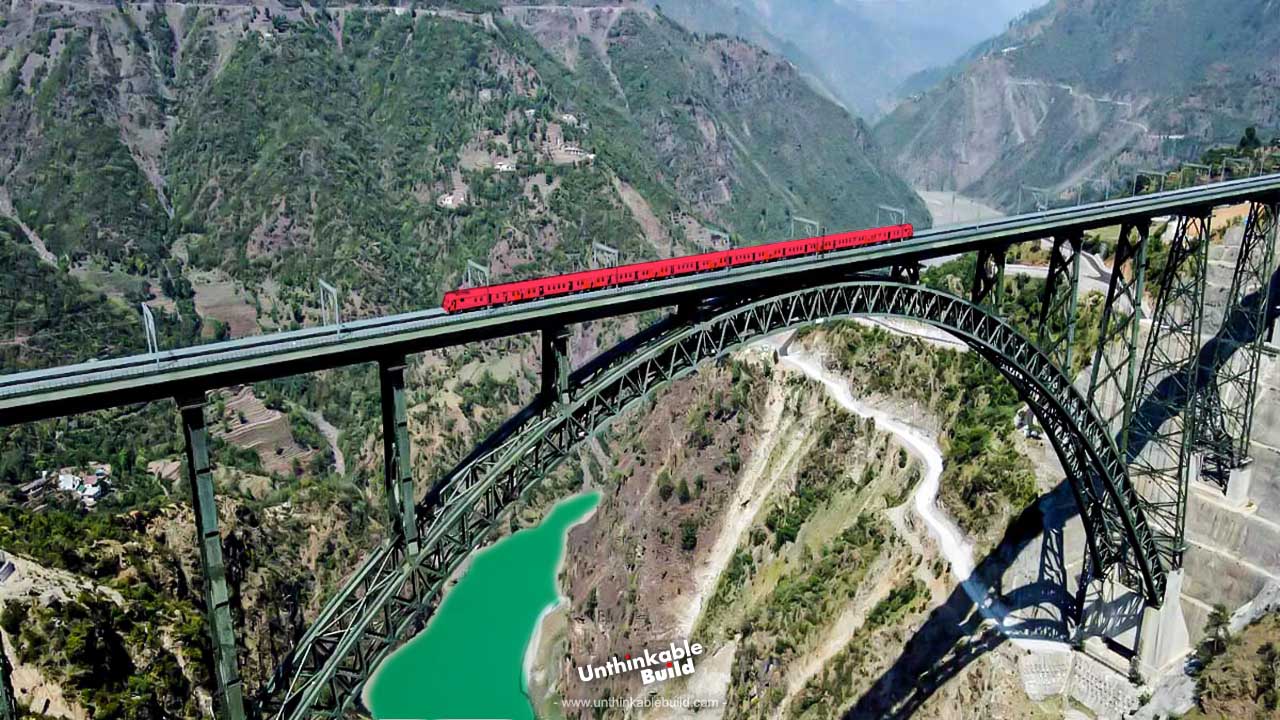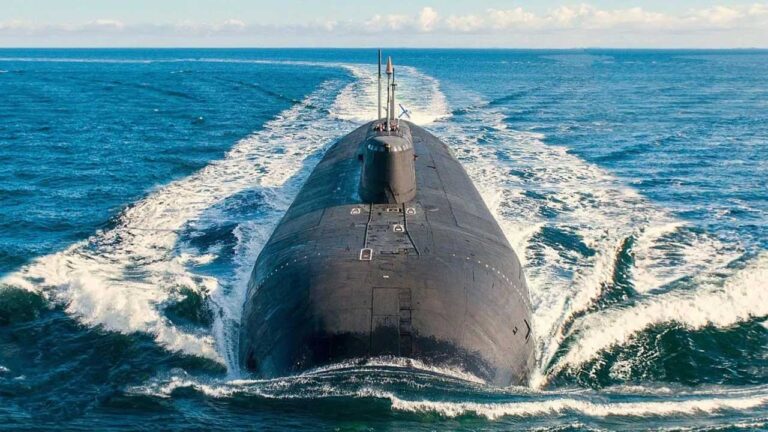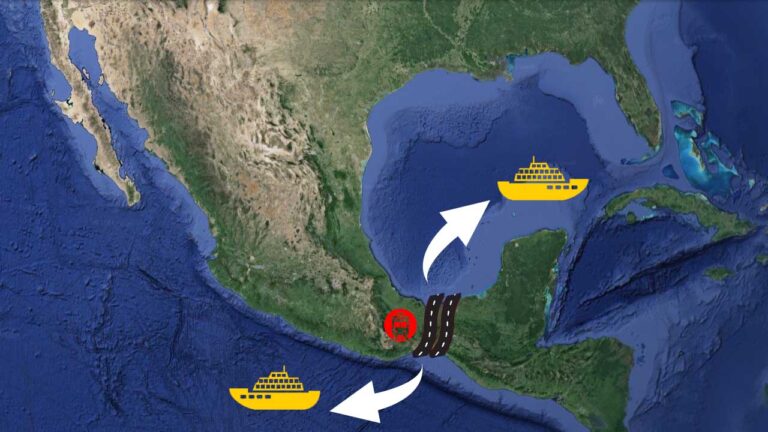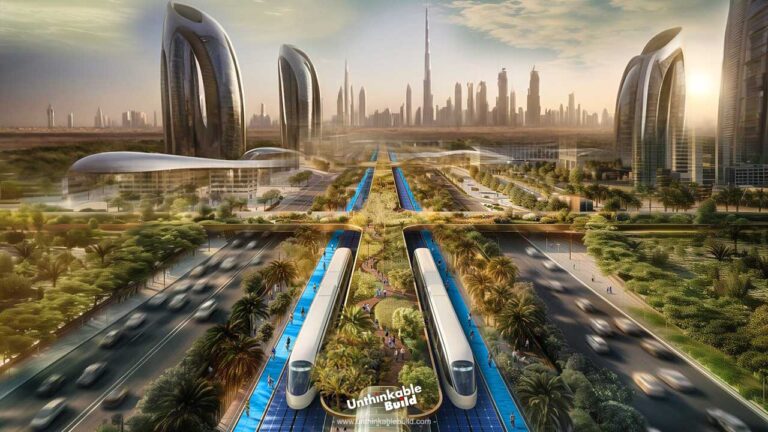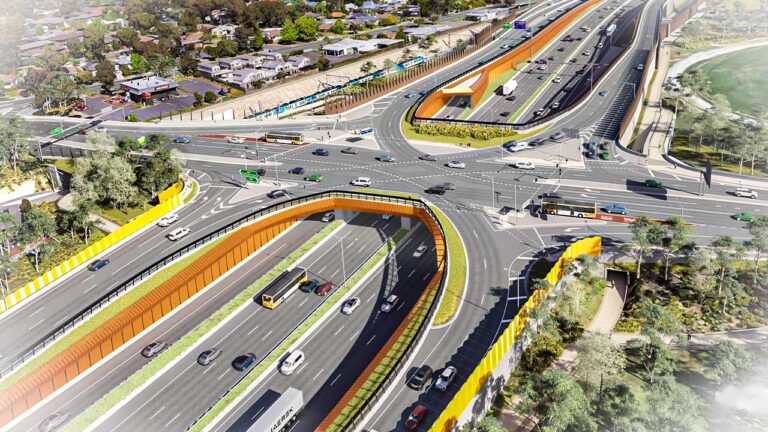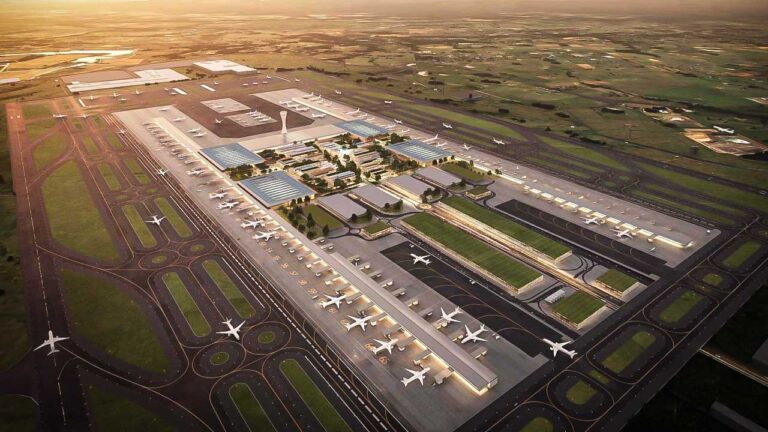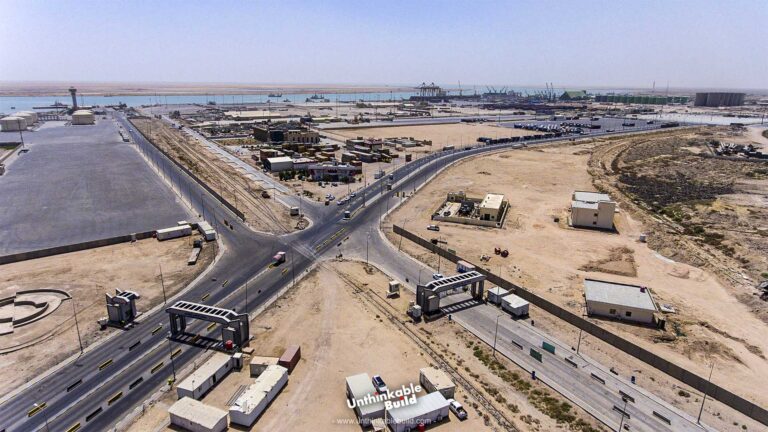Chenab Rail Bridge: India Opens World’s Highest Railway Bridge in Kashmir
The Indian government has just opened the world’s highest rail bridge, a stunning marvel of engineering that connects Jammu with Kashmir by rail for the very first time. The Chenab River Bridge is a part of the 338-kilometer Jammu-Baramulla railway, a project originally launched by Indian Prime Minister Indira Gandhi back in 1983.
On February 20, 2024, Indian Prime Minister Narendra Modi inaugurated the Udhampur-Srinagar-Baramula Rail Link (USBRL) project in Kashmir region, which includes the 48.1 kilometers long Banihal-Sangaldan section. This event was a major milestone in the effort to improve connectivity between Jammu and Kashmir. The newly completed section, featuring a series of tunnels and bridges that cut through the rough terrain, is designed to ensure that this remote area remains accessible throughout the year.
But what does this towering Chenab River Bridge really mean for this project? And how will this structure, which rises 35 meters higher than the Eiffel Tower, enhance tourism in the scenic region?
Also Read: Inside Taiwan’s Longest Cable Stayed Bridge in the World
The Chenab River, a vital lifeline for the Punjab region, begins its journey in the Himalayan heights of Himachal Pradesh, where the Chandra and Bhaga rivers come together. It flows through the scenic landscapes of Jammu and Kashmir, eventually reaching the fertile plains of Punjab, before joining the mighty Indus River in Pakistan.
In 1991, Indian Prime Minister Narasimha Rao carried forward the vision of his predecessors by dedicating funds to extend the railway line all the way from Jammu to Baramulla in Kashmir. A key part of this ambitious plan was the construction of a rail bridge over the Chenab River to link Reasi station of Jammu with Kashmir’s Singleton station.
In 2004, after more than two decades of work and an investment that grew to approximately US $218.6 million, the 53-kilometer Jammu–Udhampur rail line was finally completed. This crucial section, winding through the uneven surface of Shivalik Hills, includes 20 major tunnels and 158 bridges. Among these feats of engineering is a 2.5-kilometer tunnel and India’s highest railway bridge, soaring 77 meters above the ground level.
The project encountered countless hurdles, from the precarious Himalayan terrain to the daunting task of building a bridge over the mighty Chenab River. The area’s harsh weather, steep mountains, and seismic activity made things more challenging, pushing engineers to come up with innovative solutions and plan with extreme precision. Yet, despite all these obstacles, the commitment to connecting Jammu and Kashmir by rail never wavered. It was this firm dedication that ultimately brought this ambitious project to life.
The Chenab Rail Bridge, spanning the Chenab River between Bakkal and Kauri in the Reasi district of Jammu, is a marvel of engineering. Approved in 2003 and designed in 2004 by a partnership of Afcons Infrastructure of South Korea’s Ultra Construction & Engineering Company, and VSL India, this project was led by the expertise of WSP Group from Finland and Leonhardt Andra & Partners from Germany. The Defence Research and Development Organization of India also contributed to making the bridge blast-proof with the use of special steel.
The Chenab Rail Bridge is an incredible feat of engineering. Rising 359 meters above the riverbed, this bridge isn’t just any ordinary structure. it is the world’s highest rail bridge and the tallest arch bridge ever built. Made of steel and concrete, the bridge spans 1.315 kilometers, including the 650 meters long viaduct on the northern side, and supports a single railway track.
In August 2022, the Chenab River Bridge was fully completed and inaugurated, marking a significant milestone as it now connects the Sangaldan Railway Station of Jammu to the Reasi Railway Station in Kashmir valley. The deck of the bridge stands at a dizzying height. To put that in perspective, the Chenab Bridge is approximately 35 meters taller than the Eiffel Tower in Paris.
More than just a record-breaking structure, this bridge is a symbol of human determination and ingenuity. By improving connectivity in this challenging terrain, the Chenab Rail Bridge stands as a proud testament to what we can achieve when we push the boundaries of engineering and design.
This $24 million bridge is called as arguably the most significant civil engineering challenge in region’s recent history. Building this bridge was meant tackling extreme terrain, from deep gorges to seismic zones, while battling harsh weather condition. The sheer scale of the project required cutting-edge technology and innovative design, making it a real test of engineering skill.
Construction of the Chenab Rail Bridge was a massive task, requiring advanced engineering techniques, meticulous planning, and innovative solutions to overcome numerous challenges. The design of the bridge was carefully crafted to withstand the typical of Himalayas’ seismic activity, high winds, and harsh weather. Engineers opted for a steel arch bridge, to provide the necessary strength and flexibility. This design allowed for a longer span, reducing the number of supports needed in the deep gulch and minimizing the environmental impact.
One of the most challenging aspects of this project was building the foundations. The supports had to be attached deep into the rock on either side of the Chenab River, which involved extensive geological surveys and drilling. High-grade concrete was used to ensure the stability of these supports, given the seismic nature of the region.
Also Read: The Urgent Restoration Efforts to Save the Eiffel Tower
The construction of the 480 meters long arch, with a span of 467 meter, was achieved using a method called “cable-crane construction.” Two massive cable cranes on each side of the river were engaged to lift and position the steel segments of the arch. These segments were then bolted together with extreme precision, with the arch being built outwards from both sides simultaneously until the two halves met in the middle.
After completing the arch, the bridge deck, which would carry the railway tracks, was installed. The deck was built in sections and transported to the site. Each section was carefully aligned and secured to the arch, creating a smooth and continuous surface for the railway tracks. The entire structure was then subjected to careful testing, including load tests, to ensure it could handle the stresses of regular rail traffic. The bridge was also tested for its resistance to seismic activity and 260 kilometers per hour winds.
The Chenab Rail Bridge, now the world’s highest rail bridge stands as a testament to modern engineering, overcoming the challenges posed by nature to create a structure that connects the people of Jammu and Kashmir.
This rail link across the Chenab River will play a vital role both in times of peace and conflict in the region. Strategically, it allows for the year-round transport of military personnel and equipment to border areas of the valley, significantly bolstering India’s security arrangements.
Beyond its military importance, the Chenab River Bridge will also have a profound economic impact. Currently, road blockages and landslides in the region pose major challenges for fruit growers in Kashmir, where 70% people rely on farming perishable fruits. With over 300,000 tons of produce in storage annually, the ability to transport goods by train could be a game changer for fruit merchants. For many people in this region, the heavy dependence on highways has made the new railway link option a vital and much-needed alternative. This could be a game changer for the local economy while offering a more reliable way to transport goods and significantly improving daily life.

